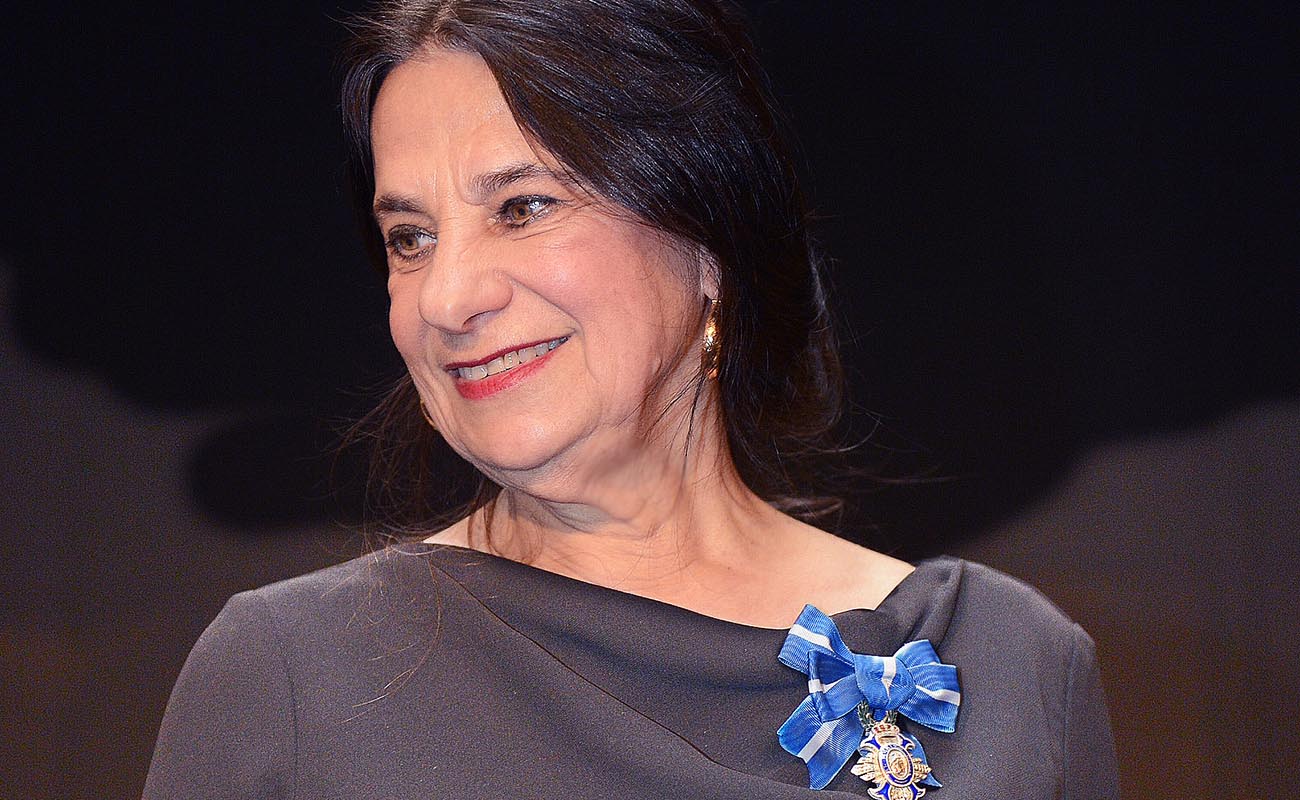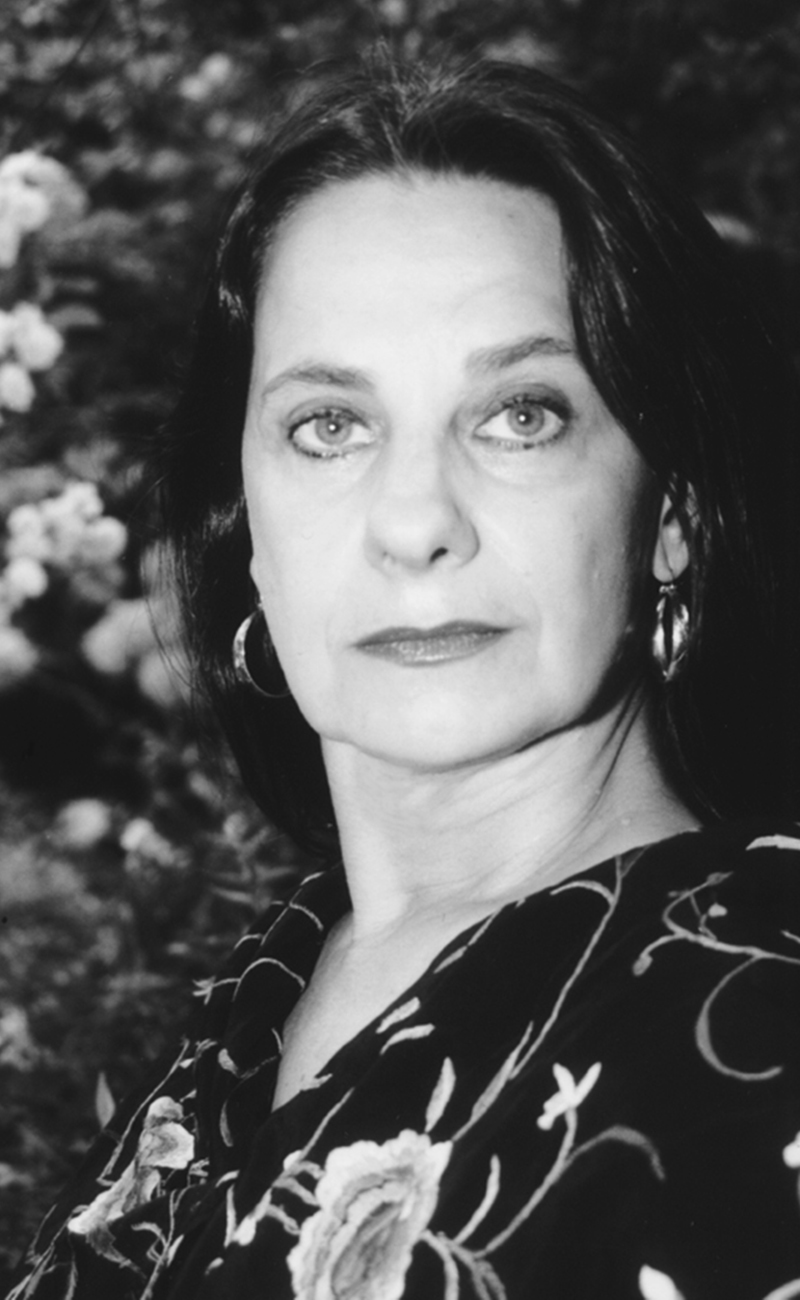Carlota Santana, beyond flamenco
We conversed with Carlota about her life-long project which clearly continues to be a source of inspiration and fulfillment for this energetic seventy-something grand dame.

While some investigators are fiercely defending a diversity of chauvinist or ethnocentric views of the genesis of flamenco, one American lady has devoted more than half her life to bringing people together in this art form. The frontier between art and social awareness becomes blurred, and flamenco is the common language for children with disabilities or from underprivileged environments, or racially discriminated groups, the vulnerable underbelly of a society that moves impatiently along with no time for those who can’t keep up. Carlota Santana, founder of “Flamenco Vivo”, and holder of Spain’s Cruz de la Orden del Mérito Civil (“for all the years of passion, excellence and dedication to the flamenco art”) from the King of Spain, sees only opportunities for the creation of beauty as a curative outlet.
We conversed with Carlota about her life-long project which clearly continues to be a source of inspiration and fulfillment for this energetic seventy-something grand dame.
Carlota, when and how did you first become interested in flamenco?
I was taking a modern dance class in New York City when dancer Maria Alba came and taught an intro to flamenco. That was it, in the late 1970’s. It was the ability to express emotions through dance that drew me into flamenco.
How long has the “Flamenco Vivo” project been functioning? Has it been a difficult path, are the emotional rewards enough to make it worthwhile? I see children in your videos enjoying flamenco in a way I never thought possible.
The Company was started in 1983, so we’re 38 years old, it’s been difficult on and off. You get a grant, or the audience gives a standing ovation, and you feel good. Then some downer happens and you’re back to square one. I put on “blinders”, like they do with horses, and just keep going.
You’ve been deeply involved in educational activities that go hand-in-hand with flamenco dance. What triggered that path, would you say you have a “mission”, and if so, what is it? The Encinias family in New Mexico have also cultivated the connection between flamenco dance, academic studies and social programs. What is it about flamenco that seems to go beyond music and dance?
I found out about arts-education shortly after we started the Company, and thought Spanish dance, which is how I talked about our art form at that time, was a perfect fit for arts-education. We could talk history, geography, cultures that came together, language… There was so much in the history of Spanish dance that could be used in school to teach kids about the world. The mixture of different ethnic groups makes the art form accessible in more ways than music and dance. It’s a story of people coming together. We use the art form to break down cultural barriers and bring people of all nations and races together in understanding and friendship. We reach out to a multi-cultural audience and make them feel as one.
Your website shows a dizzying array of activities, from initiation level to polished professional, didactic and performance, and much more. What’s the layout and the objectives?
We have a top-notch touring Company made up of artists from Spain and the USA, we have an active arts-education program with about 20 trained Teaching Artists who go into the classroom and teach flamenco dance history and culture. There is also a Certamen for up and coming artists which includes a development program in history, mentorship, how-to’s and a Consorcio which is a development program for artists ready to start their own company, helping them to know how to do it.
How does the late dancer Roberto Lorca fit in?
Roberto and I started this Company together, it would not exist had it not been for him. We began with a $3,000 grant he got from the National Endowment for the Arts. Roberto died of AIDS in 1987. I wasn’t a choreographer but I was able to bring people together to continue the Company’s work.
Flamenco Vivo has premiered more than 25 original works. Have you personally directed any of the shows? Do you ever perform, or are you strictly a manager?
I don’t choreograph for the company, but while I was performing I did choreograph my own solos. I performed with the Company on tour and during home seasons until about 10 years ago. Now I oversee and supervise all artistic aspects of the Company. For many years I was a Teaching Artist. I began the program for my Company, and went to many schools and classrooms teaching about Flamenco, its history and emotional impact.
Is the inclination towards classic flamenco, or do you also present contemporary or experimental work?
My inclination is to the traditional forms, although I feel it’s important to let artists experiment. We strive to create works with a storyline that helps take flamenco out of the nightclub/recital setting.
Do you keep abreast of the evolution of flamenco in Spain, or feel the need to do so? Or does Flamenco Vivo have its own aesthetic?
We keep up with what’s happening in Spain, we give a prize at the Madrid Certamen to an artist to come to New York to set something for the Company. Many members of my touring Company are artists from Spain who bring with them all the ideas that are bubbling around in the flamenco atmosphere there. The company has always used live music created specifically for the dance. We wanted new artists to create and spread our art-form, and I’m happy to say two of our artists have gone on to start their own groups.
Is it difficult to find experienced singers and guitarists in the United States?
Extremely, extremely difficult! Under normal circumstances, we have a yearly tour of 4-6 weeks, and a yearly season of two weeks, and for these activities we use folks from Spain. There are good musicians here, but few and far between.
How is the project funded?
We’re supported by foundations, and state and federal grants. We have a Board of Directors who help support the Company with their donations and by reaching out to the community. There are private donors as well.
How are you managing the Covid limitations? Do you foresee a continuation of “Flamenco Vivo Carlota Santana”? And of flamenco in general?
My Company is doing okay during the Covid, we’ve received some federal and foundation grants to keep us going. We’ve also produced a virtual festival and have support for virtual arts-education classes. Historically, Flamenco spoke out in times of difficulty, and it continues to do so. It will not disappear.






Pingback:2021 February Part 1 – Flamenco Vivo Carlota Santana 2 February, 2021
Suzanne Darula 4 February, 2021
Dear Carlota,
Loved reading your article with questions and answers. Learned much about your Company…and congratulations on Spain’s medal bestowed on you, much deserved!
Wishing you all the best during this COVID-challenged time. Hoping and praying you’ll be able to “hang in there’.
Irma R Bennett 6 February, 2021
I received posts regularly and if I lived in New York I would have been
Part of your company (former New Yorker)….l believe it was your group
I had the pleasure of of seeing at the Society for the arts at West palm
Beach